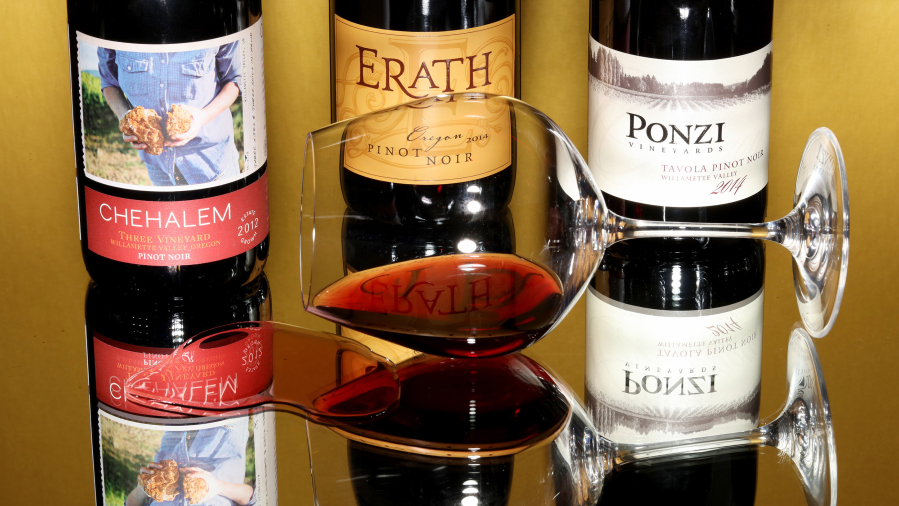You could say that Oregon is a pinot noir bridge. The state’s most celebrated and successful wine style could generally be classified as somewhere between the heady, earthy pinot noirs of Burgundy — the grape’s ancestral home in France — and the fruity, jammy pinots of California.
Oregon itself, as a winemaking place, is suspended out there, too, proudly distanced from the more-established locales, independent and self-assured. That identity was not forged overnight. As with many places in the United States, grape-growing and winemaking in Oregon reach to the 19th century. But every state or specific region with a critical mass of wine production has a modern, readjusted date that indicates when things began to get serious, and commercial, and … better.
For Oregon it was the 1960s, when a Californian planted riesling, pinot noir and other varieties in the Umpqua Valley, and then a few years later another Californian planted pinot noir in the Willamette Valley, which would become the state’s largest and most-important region. That second pioneer was the late David Lett, known to this day as the man who kicked off Oregon’s run with pinot noir, earning him the nickname “Papa Pinot.” He had guessed that the long, cool growing season of Oregon would be well-suited to pinot noir, and now, 50 years on, it’s clear that his hunch was on the money.
Not only did his early bottlings fare well against wines from around the world in the so-called Wine Olympics of 1979 and 1980, his success also helped propel the Oregon wine industry to where it is today. Hundreds of producers have followed Lett in setting up shop in Oregon, and a couple of them have come from France, recognizing similarities between the growing conditions in Burgundy and the Beaver State.



